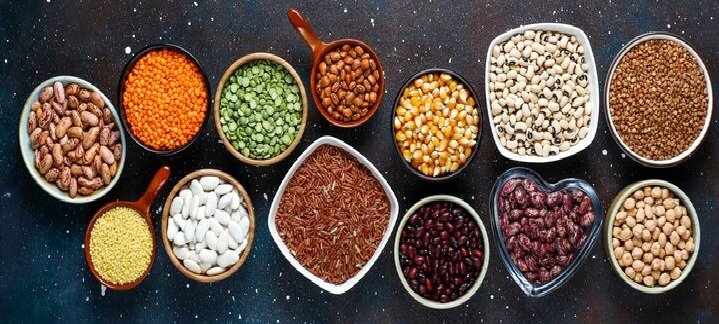Import of pulses will depend on domestic production and government policy
26-May-2025 07:35 PM

New Delhi. During the financial year 2024-25, India’s import of pulses surged to a record high of $5 billion, significantly up from $3.74 billion in 2023-24. This also marked a record in terms of quantity.
The increase was driven by the ongoing duty-free import of tur, urad, and lentils, and further accelerated when the government allowed duty-free import of yellow peas in December 2023 and desi gram in May 2024.
The import of these two commodities quickly soared to the top levels. However, a basic customs duty of 10 percent has now been imposed on desi gram and lentils, and the duty-free window for yellow peas ends on May 31. The trade sector is urging the government to reintroduce a steep import duty on yellow peas.
Before December 2023, yellow peas imports were subject to a 50 percent duty and stringent conditions. According to the President of the Overseas Agri Trade Association (OATA), production of pulses has increased in countries like Canada, Myanmar, and Brazil, which has expanded the global exportable stock. India imports lentils and yellow peas primarily from Canada, urad and tur from Myanmar, urad from Brazil, desi gram and lentils from Australia, and pulses including yellow peas from Russia and African countries.
The forecast of good rainfall in the upcoming southwest monsoon season is expected to support timely and widespread sowing of Kharif pulse crops like tur, urad, and moong.
The government is also expected to soon announce the Minimum Support Price (MSP) for these crops. If the monsoon remains regular and sowing progresses swiftly with increased area and better MSP, domestic pulse production may improve significantly. However, government stock of gram and urad remains low, making the decision on the future of yellow pea imports critical.
Although the prices of pulses in domestic and international markets have declined from their peak, the government remains cautious. If yellow pea imports are restricted or halted, prices—especially of gram—could rise again, potentially affecting food inflation
